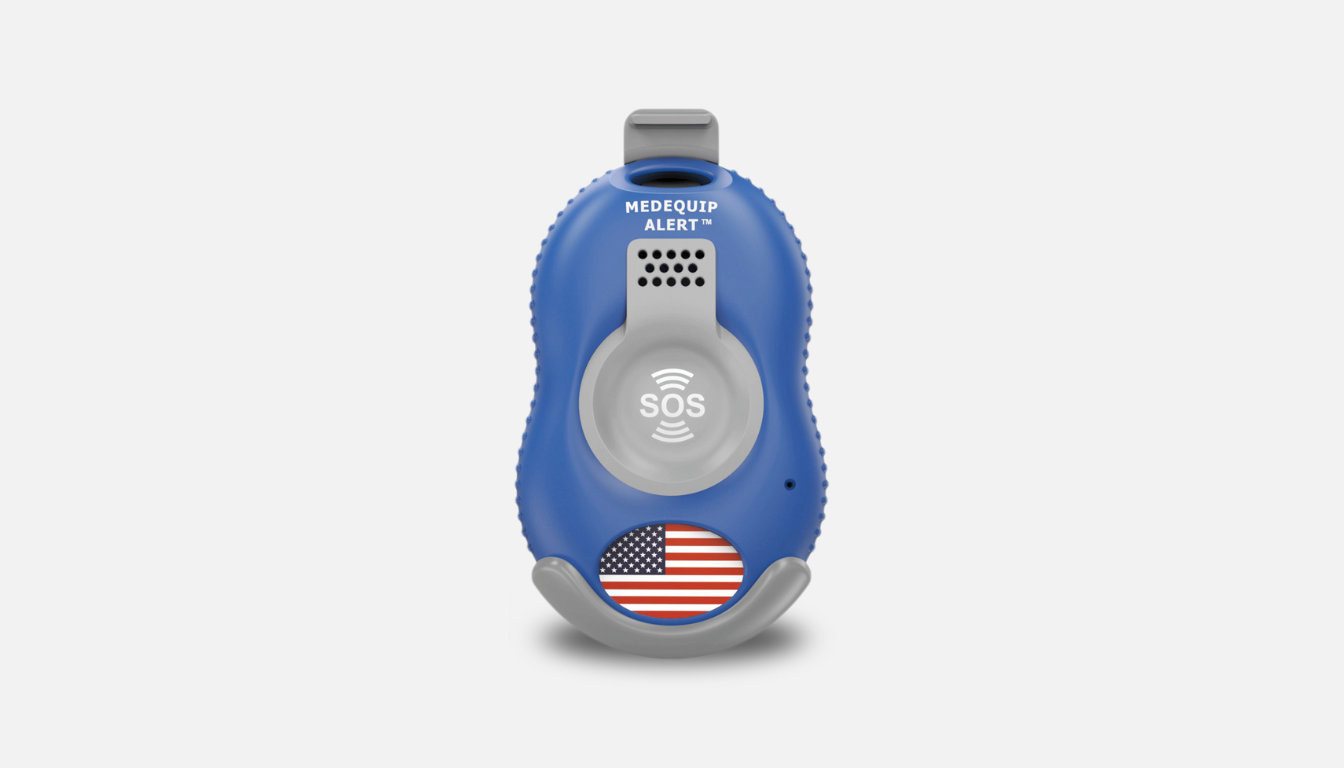
The Lifesaving Importance of Medical Alert Devices for the Elderly
As people age, the risks to their health and safety can increase significantly. From chronic illnesses and medication management t...

Seniorcenters.com is a free resource helping seniors and senior centers across America. Learn about our editorial processes.
For older adults, the home is a sanctuary, a place of comfort and independence. However, it can also harbor hidden dangers that pose a significant risk of falls and other accidents. Falls are the leading cause of injury and death among older Americans, and many are preventable with simple awareness and modifications. By proactively identifying and addressing potential hazards, seniors and their families can ensure the home remains a safe and secure environment for healthy aging.
As we age, changes in balance, vision, strength, and reaction time can make us more susceptible to accidents in familiar surroundings. Common hazards that might be easily navigated in younger years can become significant risks:
Recognizing these common culprits is the first step toward creating a safer living space.
Conducting a thorough safety assessment, room by room, can help pinpoint specific areas of concern in the home.
The bathroom is statistically one of the most dangerous rooms due to hard, wet surfaces. Ensure safety by:
The kitchen involves hot surfaces, sharp objects, and potential spills:
Stairs are a major fall risk:
Even in the bedroom, safety is key, particularly for nighttime trips:
Many effective safety improvements don’t require major renovations. Simple, low-cost modifications can make a big difference.
While mentioned in the room-by-room assessment, lighting and clear pathways deserve special emphasis as fundamental aspects of fall prevention. Good lighting allows seniors to clearly see obstacles, changes in floor level, and navigate safely, especially when vision may not be as sharp as it once was. Ensuring consistent and bright light throughout the home, particularly in transitional areas like doorways and hallways, is crucial.
Equally important are clear pathways. Clutter, furniture placed in awkward spots, electrical cords, and even pets underfoot can be significant tripping hazards. Regularly decluttering and arranging furniture to create wide, unobstructed routes through the home dramatically reduces the risk of falls.
While many safety improvements can be done by a homeowner or family member, some situations warrant calling a professional specializing in aging-in-place modifications or accessibility:
Professionals can also provide expert assessments of your home tailored to your specific needs and mobility level, recommending modifications you might not have considered.
Beyond preventing accidents, being prepared for emergencies is a vital part of home safety. This includes having a plan for fires, natural disasters, or medical emergencies.
Creating and discussing an emergency plan with family members or trusted neighbors provides peace of mind. Learn more about Emergency Preparedness for Seniors: Creating a Safety Plan.
In addition to home modifications, maintaining physical fitness, particularly balance and strength, is key to preventing falls. Incorporating regular Balance Exercises for Seniors can significantly improve stability and reduce the risk of a fall even when encountering unexpected hazards.
Making your home safer is an ongoing process, not a one-time fix. Regularly reviewing your living space and making necessary adjustments is an investment in your continued independence and well-being. By taking proactive steps, you can significantly reduce the risk of falls and accidents, ensuring your home remains a safe haven for you to enjoy retirement to its fullest.
Use this checklist to identify potential hazards in your home and track your progress in making improvements. Check the box for items you have addressed or verified are safe. You can download a PDF version showing your progress using the button below.
Note: The downloaded PDF is an image of the checklist. The boxes will not be interactive within the PDF reader.
No results available
Browse thousands of Senior Centers from around America. Senior Centers are an integral part of society and are the center of life for many seniors and aging adults.
Find a Senior Center which fits your needs using our search feature and keep up to date on all the latest news.
Click the icon to Ask Anything!
Advertisers are not endorsed by SeniorCenters.com or any senior center listed.
This site is not endorsed by or affiliated with any senior center or organization listed.
Just one helpful email per month – no clutter, just value.